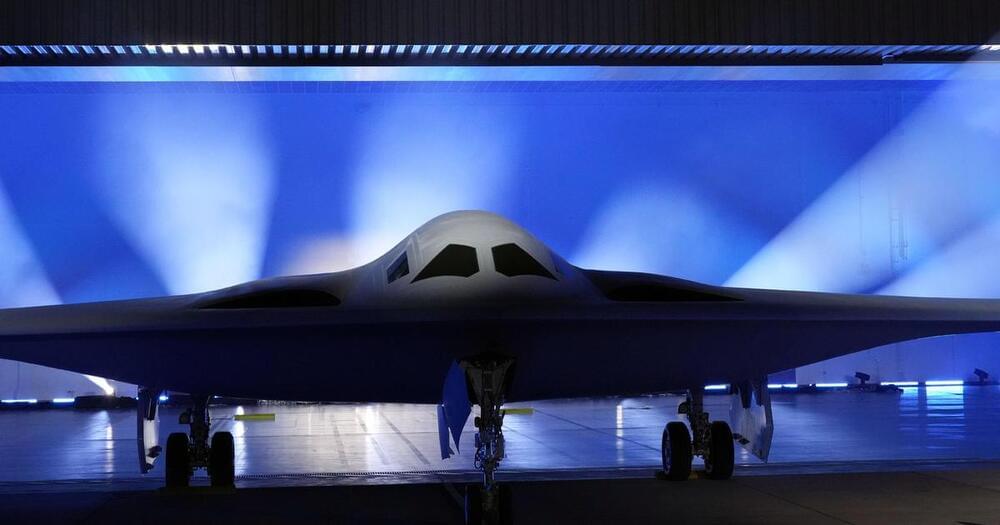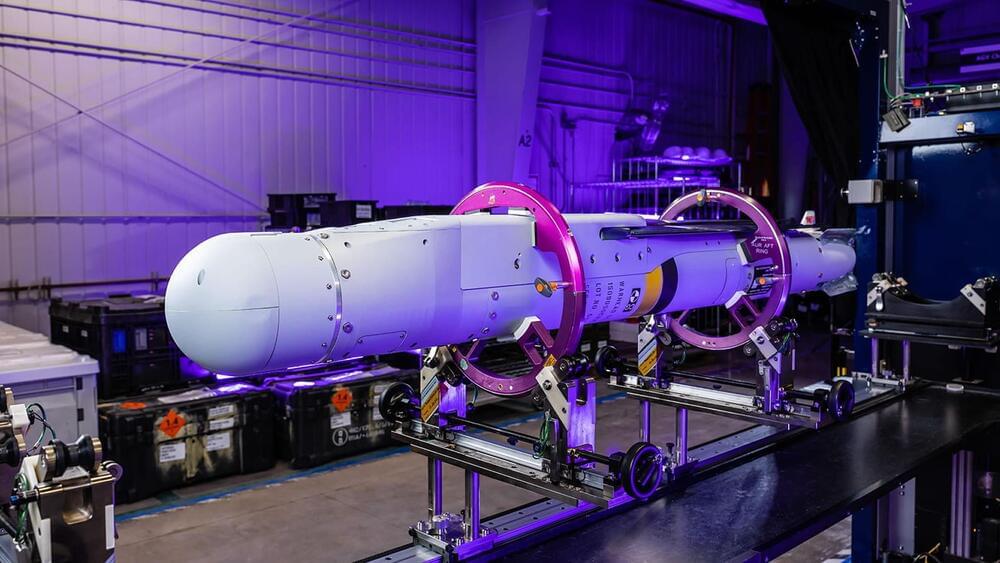Nov 13, 2023
The B-21 Raider, the Air Force’s new nuclear stealth bomber, takes flight for first time
Posted by Kelvin Dafiaghor in categories: materials, military
The B-21 Raider took its first test flight on Friday, moving the futuristic warplane closer to becoming the nation’s next nuclear weapons stealth bomber.
The Raider flew in Palmdale, California, where it has been under testing and development by Northrop Grumman.
The Air Force is planning to build 100 of the warplanes, which have a flying wing shape much like their predecessor the B-2 Spirit but will incorporate advanced materials, propulsion and stealth technology to make them more survivable in a future conflict. The plane is planned to be produced in variants with and without pilots.


















